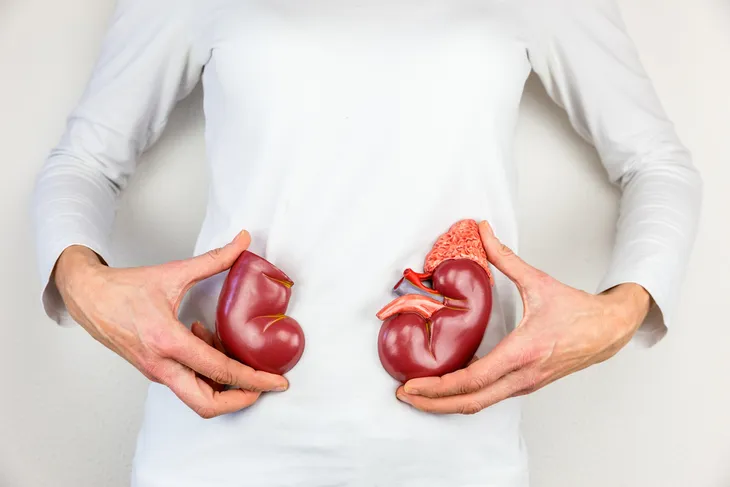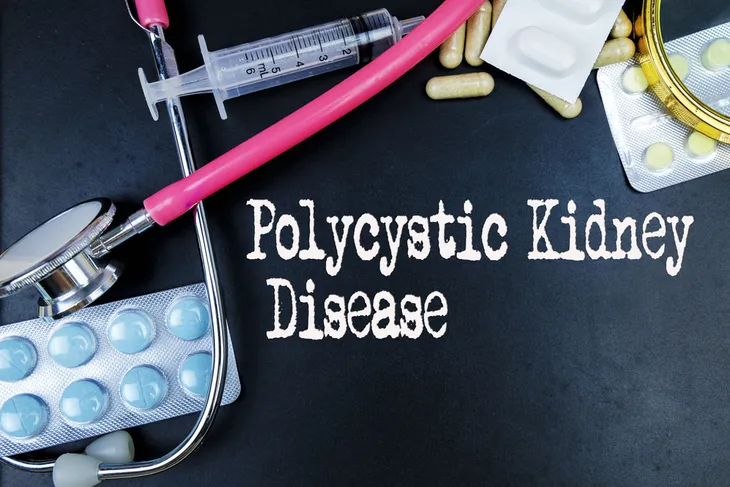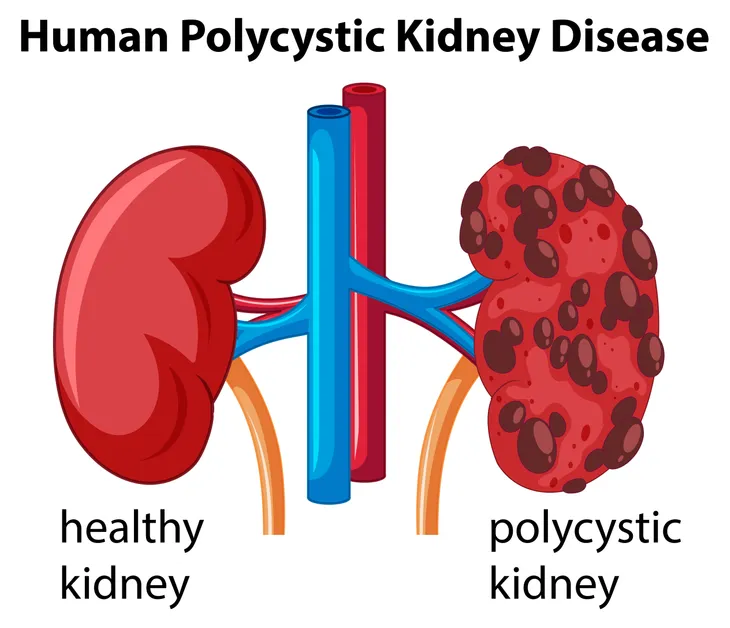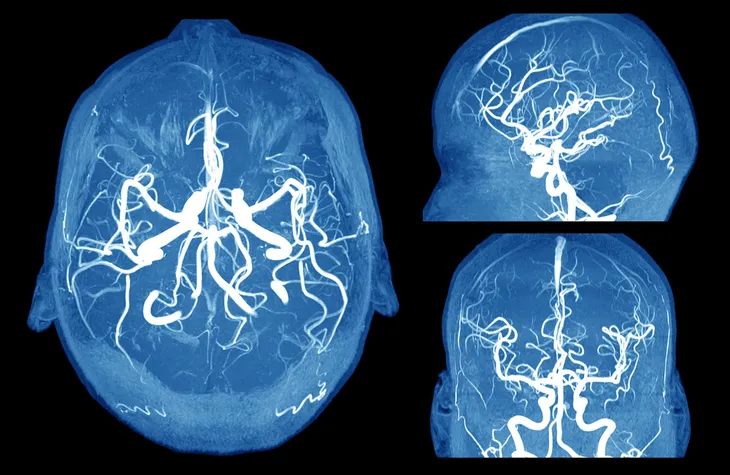Although it’s not a particularly well-known illness, polycystic kidney disease (PKD) is very serious and in some situations may prove fatal. The disease involves the development of non-cancerous cysts within the kidneys, causing them to grow larger and, in time, become significantly less functional. These cysts, although not cancerous, can become filled with liquid and grow to the point where the kidneys no longer function as they should.
Failure to treat PKD can lead to cysts developing in other parts of the body, such as the liver. However, this isn’t the only serious complication presented by PKD, in fact, there are a number of complications that can lead to a decline in health and it can even be fatal. If you or someone you know has developed PKD, it’s important you’re aware of the following complications and their consequences.
High Blood Pressure
The development of polycystic kidney disease can lead directly to a spike in blood pressure. In time, higher blood pressure could result in the worsening of kidney damage in addition to the emergence of other serious side effects, including heart disease and stroke.
In essence, polycystic kidney disease presents the patient with a wide variety of significant health challenges. Together, these challenges threaten to rob the patient of his or her physical and mental well-being. Should you or someone you know be diagnosed with polycystic kidney disease, it’s critical that the patient be regularly monitored for high blood pressure (hypertension).
Reduced Kidney Function
One of the more obvious side effects of polycystic kidney disease, which involves the development of fluid-filled sacs around the kidneys, is significantly reduced kidney function. The impact of this reduced function depends in large part on the age of the patient — if they’re young, there’s a good chance they will face kidney failure by the time they reach their 60s.
Should kidney failure occur, an individual will need to undergo dialysis until a new kidney can be found and transplanted. This can be a long and stressful wait, particularly if undergoing dialysis, which can last for hours at a time several days a week, and presents logistical problems for the patient.
Uremia
Uremia occurs when the toxicity of an individual rises to life-threatening levels; it is usually caused by the kidneys suffering from some kind of damage, preventing them from functioning as they should. In essence, the onset of polycystic kidney disease can lead to the kidneys failing and not preventing the body from becoming toxic and threatening the life of the patient.
For those monitoring patients with polycystic kidney disease, uremia is a strong sign that the kidneys are no longer functioning properly and that they may soon fail altogether. This usually results in physicians putting the patient on dialysis until a new kidney can be found for transplantation.
Intense Pain
Perhaps unsurprisingly, one of the most common side effects (or complications) of polycystic kidney disease is chronic pain, particularly in the side and lower back. People familiar with the pain associated with urinary tract infections or kidney stones will understand what this pain feels like; in fact, many people may mistake polycystic kidney disease with one of these other conditions.
If you have a family history of polycystic kidney disease and begin to feel intense pain in your lower back or side, it’s important you discuss the matter with your physician and work to rule out PKD.
Liver Cysts
Polycystic kidney disease involves the growth of non-cancerous sacs of fluid in and around the kidneys, making them less effective and, in time, potentially useless. Should the condition result in kidney failure, patients will need to go on dialysis until a new kidney can be found for transplantation.
However, prolonged PKD may also result in the development of cysts in other major organs, specifically the liver. This is more likely in older patients with polycystic kidney disease. In any case, failure to properly treat PKD could lead not only to kidney failure but also to similar problems for the liver.
Brain Aneurysm
One of the most frightening complications of polycystic kidney disease is the increased risk of suffering a brain aneurysm, which involves the growth of a large bulge in a blood vessel in the brain. Should it rupture, this bulge can result in intense bleeding around the brain, which can leave the patient in a coma or it can be fatal.
The good news is that brain aneurysms remain fairly rare among patients with polycystic kidney disease. Those most at risk are people with a family history of both PKD and brain aneurysms. People in this situation should undergo regular check-ups to limit their risk of suffering a serious brain injury.
Pregnancy Problems
The condition polycystic kidney disease can present serious health threats to pregnant women and their unborn children. Specifically, the development of polycystic kidney disease during pregnancy can lead to a serious, life-threatening illness called preeclampsia. If not treated properly and immediately, preeclampsia can result in the death of the patient.
The good news is that, in most cases where a pregnant mother has developed polycystic kidney disease, the pregnancy ends successfully (in other words, the child is delivered without complication). However, any expectant mother with a family history of PKD or high blood pressure should be mindful of preeclampsia.










